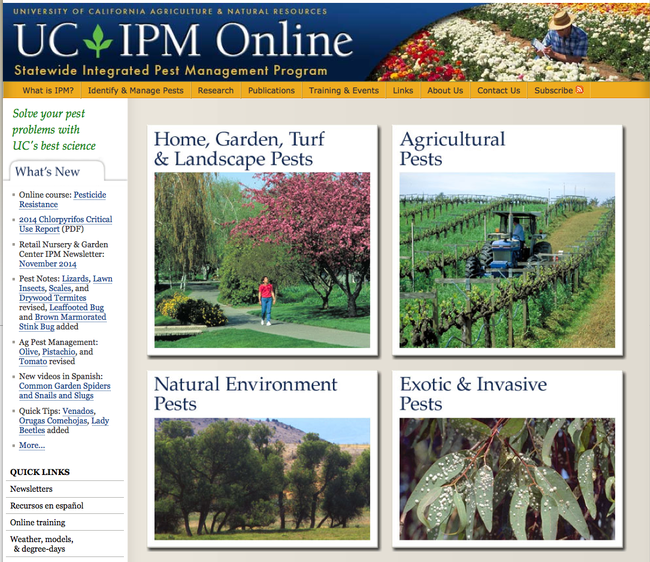Peter Jacobsen's renowned Yountville orchard had humble beginnings. “We had no qualifications except that we had no fear of dirt,” says Jacobsen, a dentist with a San Francisco practice.
I find his simple statement both comical and inspiring. When Peter and his wife, Gwenny, bought their Yountville home, they had no plans to grow food. But the home came with land that had already been partially prepared and gardened. One thing led to another, and today the fruits and vegetables they grow are prized by many of the valley's premier chefs.
Not only does Peter have a mouth-watering vegetable garden, but he also tends an impressive collection of fruit trees. I was fortunate enough to visit and was fascinated by his mulberry trees.
We don't see many mulberry trees in Napa Valley, yet they thrive in our climate and are fairly drought tolerant. The fruit looks something like an elongated blackberry. The tree itself has attractive, hanging branches that make it a handsome addition to a garden.
Mulberries are easy to harvest and delicious. As I learned from Peter, the trees produce fruit only on new growth. As a result, you can achieve higher yields by pruning after harvest and pruning to maximize branching.
As we walked through his orchard, Peter picked several stone fruits that I had never tasted. My two favorites were the Damson and Mirabelle plums.
The Damson plum is the most beautiful plum I have ever encountered. It looks something like a giant blueberry. The flavor is slightly astringent, but it is a great plum for cooking.
Grown throughout western Europe, the Mirabelle plum is red or yellow and contains white flesh. It is tasty when fresh but is most often made into wine or jam. Both the Damson and Mirabelle plum trees are also often used in Europe as hedges or windbreaks. They are sturdy trees and can protect their weaker neighbors.
Interestingly, Peter advises against attempting to grow cherries, apricots or avocados in the Napa Valley. In his opinion, these trees are incompatible with the local climate. This was a relief to me, as it assuaged my guilt over the death of my avocado tree last year.
The Jacobsen orchard experiences the same challenges as the rest of us; it is not immune to pests and diseases. The Jacobsens practice Integrated Pest Management, and the results are apparent.
While both fire blight and peach-leaf curl have hit some of his trees, Peter responds with prudence. I asked if he recommends copper fungicide for treating the leaf curl, and he said he uses it sparingly, worried about copper buildup in the soil. He is willing to tolerate some peach-leaf curl as it does not impede fruit production.
On the other hand, Peter does have a reason to battle peach-leaf curl. During my visit, he plucked peach leaf and crumpled it in his hand. What a surprise to have the strong smell of almonds fill my nose. Peter's chef-customers are currently using peach leaves to infuse dishes with this aroma.
The Jacobsens use no chemical fertilizer in their orchard but instead plant cover crops around the trees. Planting peas, mustard and clover helps to return nitrogen and other nutrients to the soil. The thick coverage also leaves little room for weeds.
As I learned from Peter, all we need to grow a garden is a little knowledge and a lot of motivation. As humans, we live in a structured environment, filled with things that we have designed and built. I think it's important to remember that plants want to grow, that they need us much less than we need them.
This realization can take some of the stress and doubt out of gardening. If you know your land, what grows well there and what makes it thrive, you are halfway to your goal. The only other thing you need is a willingness to get a little dirty.
Workshop: The UC Master Gardeners of Napa County will hold a workshop on “Toxic and Carnivorous Plants and Mushroom Kits” on Saturday, October 28, from 9:30 a.m. to 11:30 a.m., at University of California Cooperative Extension, 1710 Soscol Avenue, Napa. Foxglove. Lily-of-the-valley. Wisteria. These common plants and others are toxic. Who knew? Sundew. Venus flytrap. Pitcher plant. They're carnivorous. While we would not touch a mushroom in the garden, growing edible fungi from kits is easy and neither toxic nor carnivorous. Explore the fascinating properties that plants have to protect them. Online registration (credit card only);
Mail-in registration (check only or drop off cash payment)
Master Gardeners are volunteers who help the University of California reach the gardening public with home gardening information. U. C. Master Gardeners of Napa County ( http://ucanr.edu/ucmgnapa/) are available to answer gardening questions in person or by phone, Monday, Wednesday and Friday, 9 a.m. to Noon, at the U. C. Cooperative Extension office, 1710 Soscol Avenue, Suite 4, Napa, 707-253-4143, or from outside City of Napa toll-free at 877-279-3065. Or e-mail your garden questions by following the guidelines on our web site. Click on Napa, then on Have Garden Questions? Find us on Facebook under UC Master Gardeners of Napa County.
